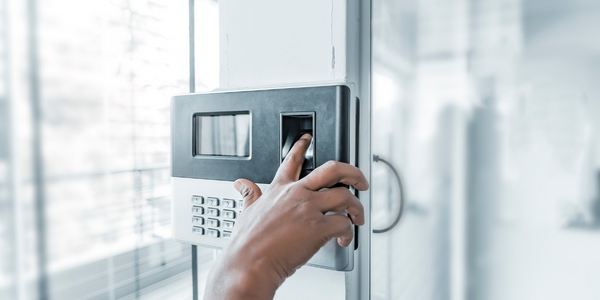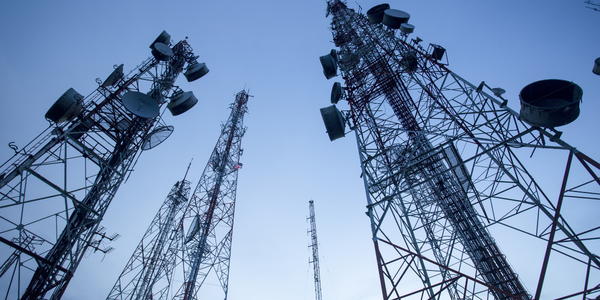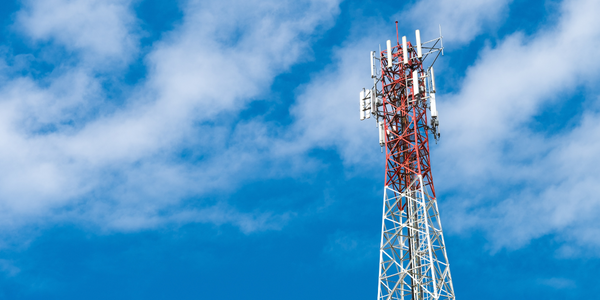Technology Category
- Analytics & Modeling - Virtual & Augmented Reality Software
- Wearables - Virtual Reality Glasses, Headsets & Controllers
Applicable Industries
- Telecommunications
Applicable Functions
- Product Research & Development
- Sales & Marketing
Use Cases
- Virtual Reality
About The Customer
The customer in this case is Samsung, a multinational conglomerate known for its wide range of electronic devices. Samsung is renowned for its innovative approach to technology and its commitment to pushing the boundaries of what is possible. In this project, Samsung aimed to leverage its advanced technology to create an immersive VR experience that would allow users to experience what it's like to walk on the moon. This initiative aligns with Samsung's brand promise 'Do what you can't', demonstrating the company's commitment to innovation and the creation of unique user experiences.
The Challenge
Samsung, in collaboration with Framestore, Mannetron, and NASA, embarked on a two-year mission to push the boundaries of what a Samsung phone can do and make the experience of walking on the moon accessible to everyone. The challenge was to create a state-of-the-art lunar gravity rig that could simulate the experience of being on the moon, making users feel as if they weigh just 1/6th of their weight on Earth. The team, comprising VFX specialists, simulator engineers, and NASA scientists, aimed to create a 4D lunar gravity virtual reality (VR) experience that was both visually and physically immersive.
The Solution
The team introduced 'A Moon For All Mankind' (AMFAM), the world's first 4D lunar gravity VR experience. Using the Samsung Galaxy S9+ and Samsung Gear VR powered by Oculus, users could immerse themselves in a VR experience that accurately recreated a moon mission. The CGI environment was modeled on NASA's lunar topographical data, allowing people to see the Earthrise in VR and explore the most accurate model of the moon's surface to date. Sensors attached to the flight suit tracked and replicated body movements in the VR environment, giving users the freedom to complete a discovery mission in lunar gravity and place their custom-designed flag wherever they chose.
Operational Impact
Quantitative Benefit

Case Study missing?
Start adding your own!
Register with your work email and create a new case study profile for your business.
Related Case Studies.

Case Study
Vodafone Hosted On AWS
Vodafone found that traffic for the applications peak during the four-month period when the international cricket season is at its height in Australia. During the 2011/2012 cricket season, 700,000 consumers downloaded the Cricket Live Australia application. Vodafone needed to be able to meet customer demand, but didn’t want to invest in additional resources that would be underutilized during cricket’s off-season.

Case Study
SKT, Construction of Smart Office Environment
SK T-Tower is the headquarters of SK Telecom. Inside the building, different types of mobile devices, such as laptops, smartphones and tablets, are in use, and with the increase in WLAN traffic and the use of quality multimedia data, the volume of wireless data sees an explosive growth. Users want limitless Internet access in various places in addition to designated areas.











